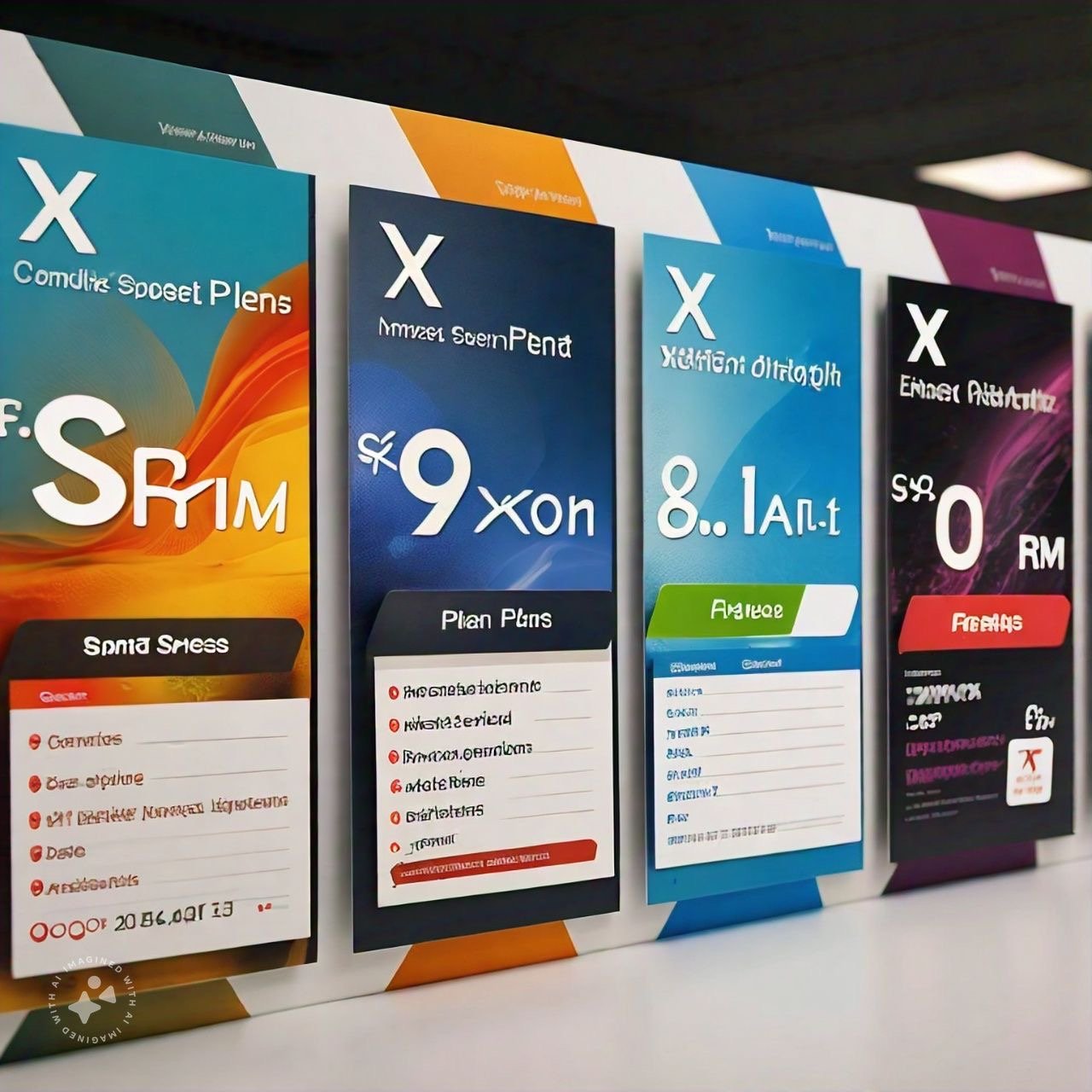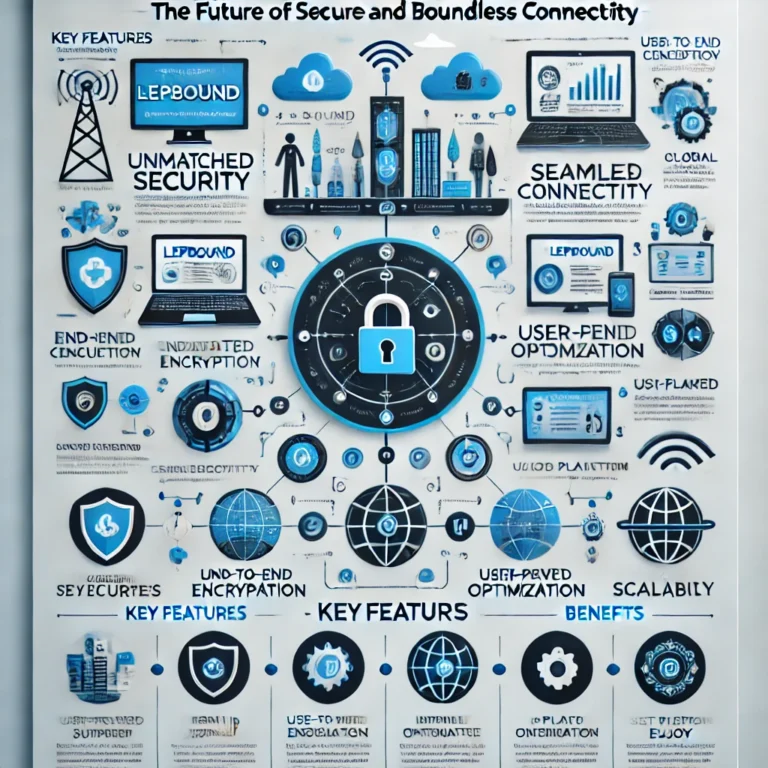Sustainable Tech: How is Green Technology Shaping the Future?
Technology is a two-edged sword. Even though it has made our lives easier, it has also been causing irreversible harm to our environment. The tech industry is responsible for 7% of global emissions. What’s worse, around 53.6 million of electronic waste is produced every year!
We cheer for all technological innovations that hit the ground running but most of us are unaware of the environmental impact that comes with it. As climate change becomes a scary reality, the focus has slowly shifted towards lessening the environmental impact. For this, there has been a rise in trends dedicated to preserving our environment. One such trend is Green Technology.
If you are interested in learning how tech can reverse its negative impact on our environment, this blog is for you.
Introducing Green Technology
Green tech is defined as the technology that creates environmentally friendly products and processes to reverse the negative impact on the environment. It focuses on all solutions or initiatives in which technology is used to restore, save, or protect the environment.
As new as it sounds, green technology has been around for quite some time. It began when scientists started studying the environmental impact of coal burning in the 1990s. This caused them to form environmentally sustainable processes led by social and government reforms. Furthermore, modern green technology has evolved to use technology to build environmentally friendly technology. In fact, it is now an area that attracts significant capital investment every year.
Categories of Green Technology
Green Technology is roughly divided into four main categories. Each of these categories focuses on saving the planet in a different way, as described below:
Sustainable Innovations: How is Green Technology Shaping the Future?
Green technology is multifaceted as it caters to so many aspects of environmental regeneration. It builds solutions for feats like cleaning the earth and reversing environmental degeneration. Let us look at some green technology innovations that are making our future safe:
1. Electric Vehicles
Most vehicles rely on fossil fuels which are a huge source of greenhouse gases. Electric vehicles minimize these emissions by using alternatives like lithium-ion batteries. Some electric vehicles also convert fuel into electricity.
These electric vehicles can include cars, boats, bikes, trains, etc. Plus, these kinds of vehicles produce zero-direct emissions and are also quieter than an average motor vehicle. 18% of the cars sold in 2023 were electric cars, which shows their growing popularity.
2. Biomimicry
Biomimicry mimics natural structures found in our environment to build solutions to complex problems. It is believed that these ‘natural’ solutions have been tested over millions of years and thus have evolved to be the most efficient.
Biomimicry is important as nature does not create by-products, waste, or processes that harm the environment. Burr seeds-inspired Velcro or mosquito proboscis-inspired needles that are less painful are some common examples of biomimicry.
3. Plant-Based Packaging
This is an alternative to plastic packaging that has been filling up landfills with no chance of biodegradation. Plant-based packaging uses material from renewable resources like sugarcane, corn, etc. to produce packaging materials that do their job without harming the environment. They also reduce the carbon footprint of organizations and individuals.
Popular plant-based packaging includes Bioplastics, Mycelium, and Bagasse.
4. Carbon Capture
Also called Carbon Capture, Utilization, and Storage (CCUS), it captures CO2, separates it, and stores it to be utilized for different purposes. C02 is directly captured from chemical plants, power plants, or bioenergy plants. Its purpose is to decrease greenhouse to reverse their effect on climate change.
The Global CCS Institute captures over 40 million tonnes of CO2 every year. The captured CO2 is stored in geological formations and used for feats like Enhanced Oil Recovery. However, Carbon Capture is a cost-intensive process, which is why it has yet to reach its full potential.
5. Waste-to-Energy
This is the process of creating energy or a fuel source by processing waste. It is a great way to manage and recycle waste, that otherwise ends up in landfills without any purpose.
Waste-to-Energy (W2E) falls under energy recovery. It usually generates electricity, heat, or combustible fuels like Methane, Methanol, or synthetic fuels. This is done through processes like incineration or pyrolysis. Moreover, W2E is a great and cost-effective way to produce fuel for factories as well.
6. Solar Flower
Solar panels, as energy-efficient as they are, are costly to install. Instead, another technology called Solar Flowers make solar energy more accessible and affordable.
It is made up of 12 petals that open up during daytime and has automatic ‘sun tracking’ abilities which means maximum production. It is designed to be ground-mounted which is great for people who do not have access to rooftops. It also connects to the internet to send information to smartphones. For real-time data, users need to have a dependable internet connection, one that can be found with Xfinity internet deals. This allows them to be connected to their Solar Flower all the time.
Overall, these innovations are shaping our future by minimizing the damage to the environment. And as a result, it opens the path for more ideas that can increase the impact of the existing green technologies.
Which Startups Are Taking the Lead in Green Technology?
As we mentioned above, green technology is attracting a lot of capital investment. This is because individuals and organizations are finally realizing the importance of saving the earth. Moreover, many startups are also emerging in the green tech space.
Since we are talking about green technology, what better time to talk about the initiatives that have been trying to save the environment by developing sustainable solutions?
1. Samsung ADI
Samsung’s partner company Samsung SDI aims to preserve the earth with innovative technologies. Its main product is solid-state batteries which are a safe alternative to lithium-ion batteries. These can be used in everything, from devices to electric vehicles.
What makes these batteries safer is that they use an electrolyte in a solid state, unlike lithium-ion batteries. In case of damage, the solid-state batteries are less likely to cause a fire. Lastly, these batteries also have a higher energy density due to no outer protection.
2. Carbfix
Carbfix is a company known for CCS (Carbon Capturing and Storage). It is based in Iceland and provides a natural and permanent for the CO2 problem. It captures it and injects in to underground stones. The CO2 remains trapped forever and never gets released into the atmosphere.
Carbfix takes pride in using a method that is safe, permanent, and cost-effective as well. This results in the formation of stable minerals formed as the CO2 reacts with rock formations.
3. Mosa Meat
Mosa Meat is a company that aims to help the environment by lab-growing meat.
They grow meat with the help of a culture sample and process it to grow beef, with similar consistency as real meat. No animals are harmed in the process and the result is meat that has the same feel and texture of a real meat. Lab-grown meat has 77% of lesser burden on climate change than live-stock rearing. That is because it does not need as much land and water.
These green technology startups and companies show how it is the future in saving our climate. However, the majority of these startups still need to expand to a global level to make a major change. But at least we are on the right track with green technology leading the way.






